Are you looking for a way to give your hair instant volume or cover thinning patches? A hair topper may be just what you need. Hair toppers are hair pieces that you can attach to your real hair. They can add extra oomph to your natural hair and cover up bald spots or places where your hair is thinning. Plus, they’re easy to use and come in a wide variety of styles. But which type of hair topper is right for you?
There are many things to think about when choosing a hair topper. For example, you need to know how much of your natural hair you want to cover. You also need to consider what length, color, and style will look the most natural on you. Then of course, there is the comfort factor. A little bit of knowledge goes a long way in helping one choose a topper that will look and feel best for their unique situation.
Table of Contents
What is a hair topper?
Why choose a hair topper?
How much coverage and volume do you need?
Types of hair toppers
Choosing the right color and texture
Choosing a hair topper that’s comfortable and easy to wear
How to care for your hair topper
Final thoughts
What is a hair topper?
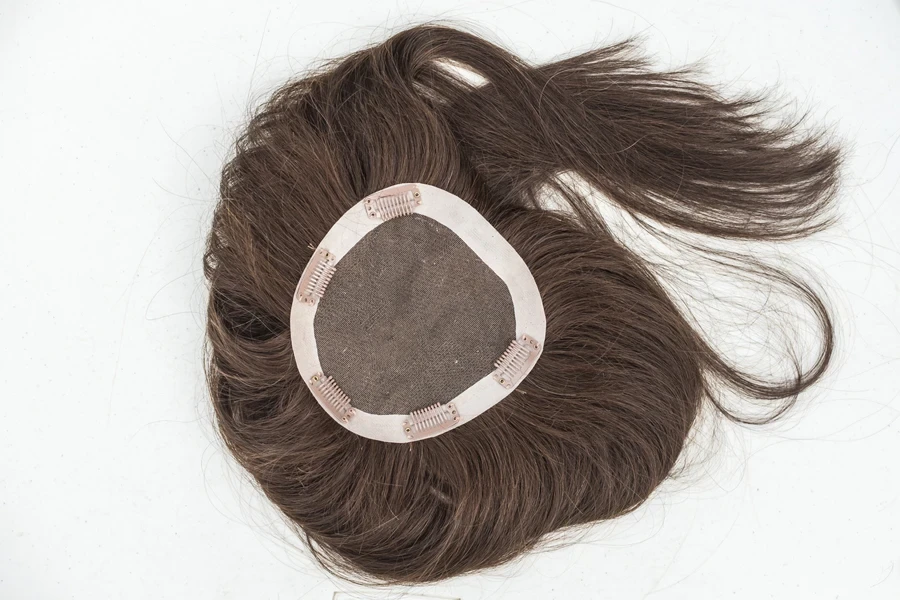
Hair toppers are also called half-wigs or wiglets. They are smaller than full wigs and designed
cover specific areas of the head. Hair toppers are made with either synthetic or human hair that is attached to a cap. Some hair toppers feature clips or combs, while others use tape to secure the hair piece to the natural hair. You can get hair toppers in a wide variety of colors, lengths, and hair types.
Why choose a hair topper?
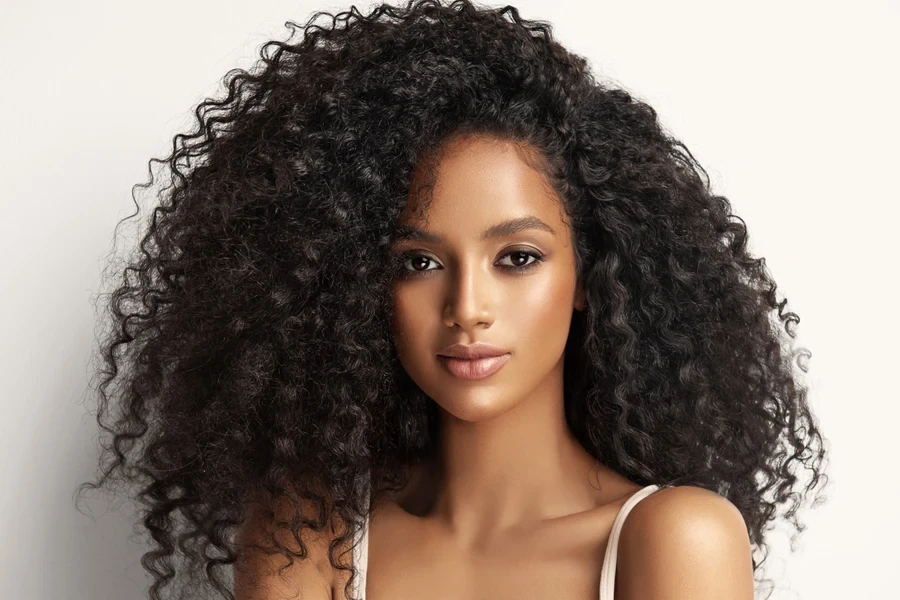
Hair toppers aren’t just for covering up bald patches. Many people also use them to enhance the look of their natural hair. These are just a few reasons people choose hair toppers over hair extensions or full wigs.
- Versatility: Hair toppers can cover specific areas of the head, which makes them more versatile than a full wig. You can add them to whatever area needs a bit of a volume boost, including the front, back, or crown of the head.
- Natural looking: While full wigs can be noticeable, hair toppers typically blend into your real hair more naturally. This makes them more discreet.
- Easy to use: There’s no need to go to a salon to apply hair toppers. Anyone can use the clips, combs or tape to secure the toppers in place. Removing them is also a breeze.
- No long-term commitment: Unlike hair extensions or drastic haircuts, toppers are temporary. You can use them whenever you feel like boosting volume and take them off at the end of the day.
- Affordability: Full wigs can completely change your look, but they can also be very expensive. Hair extensions can also be pricey and need to be replaced often. Hair toppers are a more affordable option. In addition, they can last a long time with proper care.
How much coverage and volume do you need?

The first thing you need to think about when choosing a hair topper is how big of an area you want to cover, as this will determine the size of the topper you need. Consider using a flexible measuring tape to get the correct dimensions.
Another thing to think about is how much volume you want to add. If you have thin, short hair, you don’t want a topper that is too dense because it might look unnatural. Long hair can benefit from thicker toppers without looking weighed down. Try to choose a hair topper that matches your current hairstyle.
Types of hair toppers
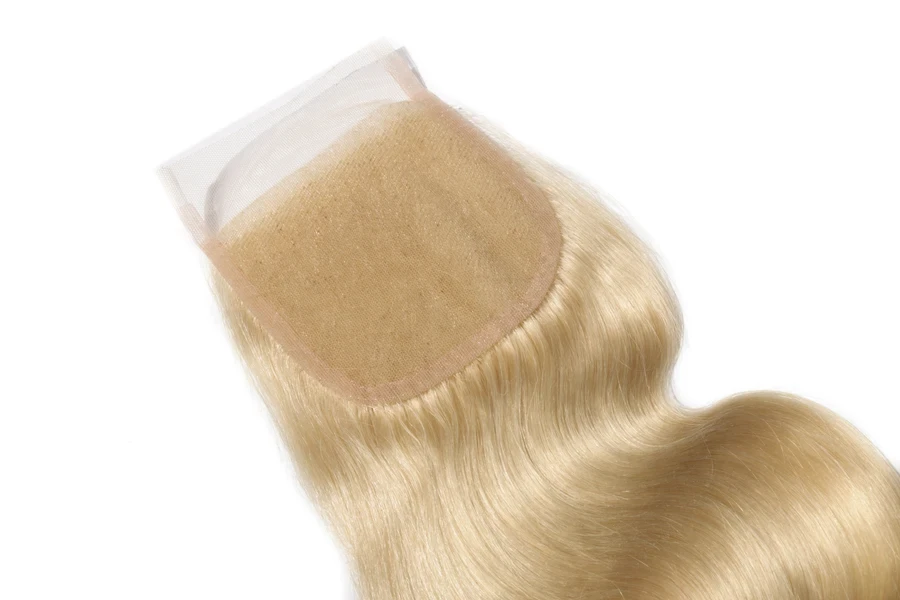
Hair toppers come in all sorts of styles and materials. Knowing the differences will help you choose a topper that not only looks good, but also makes you feel comfortable and confident.
The first decision you’ll have to make is whether you want a synthetic or human hair topper. Synthetic toppers tend to be cheaper and they’re relatively low-maintenance because they often come pre-styled and tend to hold their shape over time. Human hair may be pricier, but it offers a more natural look and feel. Plus, you can style it just like you would with your natural hair.
The next thing to think about is what style of cap you prefer. The cap is the base of the topper and it sits directly on your head. Mesh caps allow air to flow through, which is great for keeping the head cool. Silk caps aren’t as breathable, but they’re very soft and easy on your natural hair.
Then you have the attachments. These are the elements that secure the hair topper to your natural hair. Clips are the most common topper attachments, although you can also find toppers that stay in place with combs or tape.
Choosing the right color and hair type
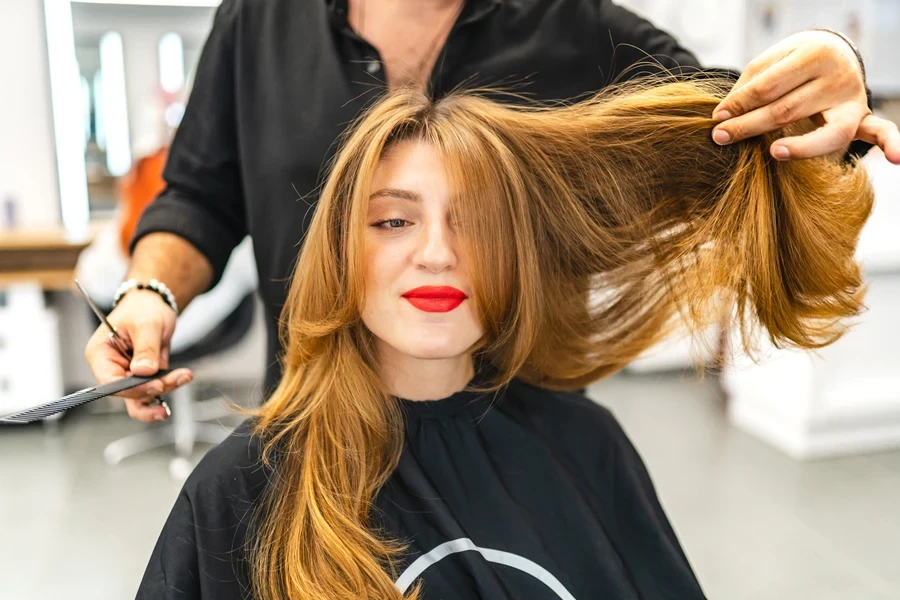
Have you ever taken one look at someone and instantly knew they were wearing a hair piece? That’s probably something you want to avoid at all costs. Try to find a topper that is as close as possible to your natural hair color and type. The best way to do this is to hold the topper up to your natural hair to see how well it matches with your natural tone and texture.
Can’t find a hair topper that matches up with your color or your unique pattern of waves? Maybe the topper is a tad too curly or not straight enough. That may be fixable. Human hair toppers can be colored or cut to blend in better with your real hair.
Choosing a hair topper that’s comfortable and easy to wear
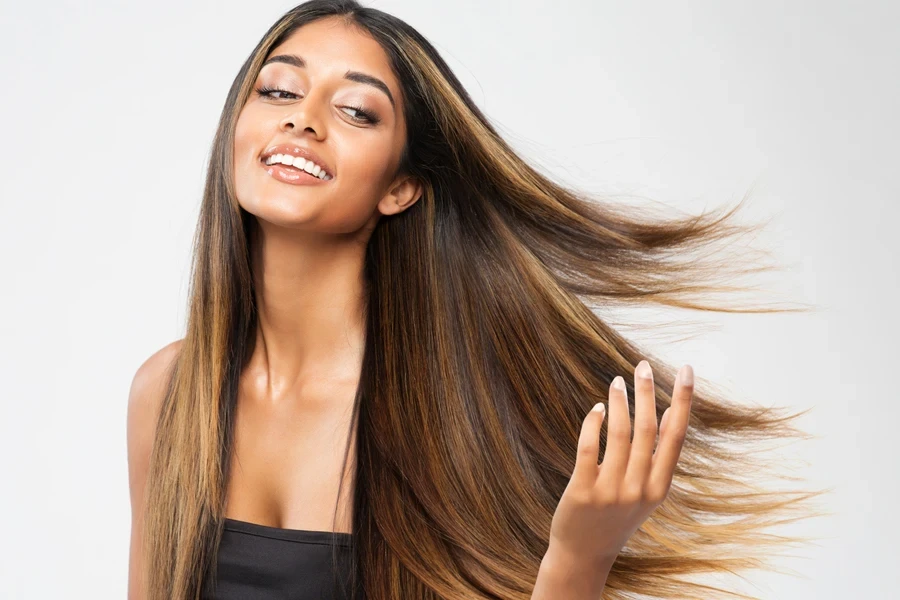
What’s the point of wearing a hair topper if it’s going to make you miserably uncomfortable? Ideally, you want a hair topper that feels light on your head and doesn’t cause you to itch, sweat, or feel pain. Your topper should fit securely to your head without pulling on your natural hair. In addition, you shouldn’t be worried about it shifting positions or even worse — falling off.
At the end of the day, you want a hair topper that feels good and makes you feel confident about stepping out with your new look.
How to care for your hair topper
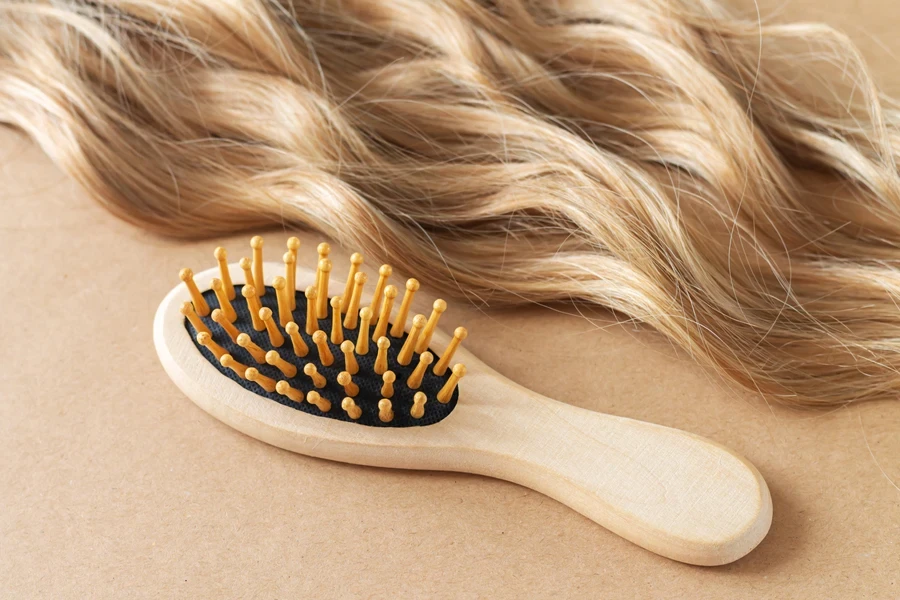
Just like natural hair, your topper will need some TLC to ensure it looks its best and lasts for the long-term. If your hair topper starts looking grungy, wash it with sulfate-free shampoo and conditioner and let it air-dry. Once it’s dry, you can use a wide-tooth comb to gently detangle the strands.
Human hair toppers can be styled with tools like curling irons, blow dryers, and flat irons. You should only use heated styling tools on a synthetic hair topper if you’re sure it’s heat-safe. Even then, you want to use moderate to low temperature to prevent melting or damaging the strands.
When you’re not wearing your hair topper, be sure to store it in a well-ventilated space. The last thing you want to do is shove it in a stuffy drawer where it can develop mildew or get crushed and bent out of shape. A wig stand can help keep your hair topper in top shape.
Final thoughts
With so many types of hair toppers on the market, choosing the right one can be tricky. However, it doesn’t have to be that way. These tips can help you make an informed decision about which hair toppers will work best for you, whether you’re looking for a piece to mask thinning hair or simply looking to give your hair a boost of volume.
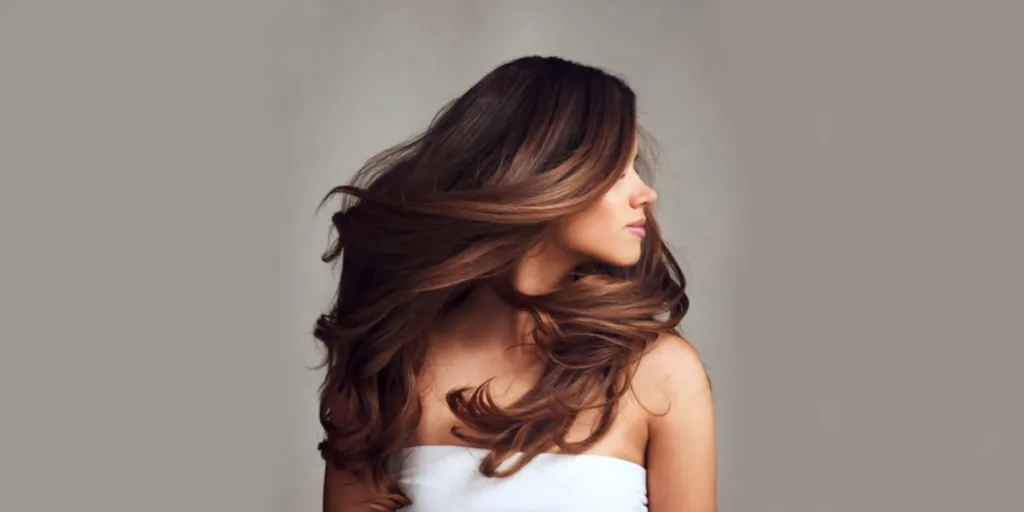




 Afrikaans
Afrikaans አማርኛ
አማርኛ العربية
العربية বাংলা
বাংলা Nederlands
Nederlands English
English Français
Français Deutsch
Deutsch हिन्दी
हिन्दी Bahasa Indonesia
Bahasa Indonesia Italiano
Italiano 日本語
日本語 한국어
한국어 Bahasa Melayu
Bahasa Melayu മലയാളം
മലയാളം پښتو
پښتو فارسی
فارسی Polski
Polski Português
Português Русский
Русский Español
Español Kiswahili
Kiswahili ไทย
ไทย Türkçe
Türkçe اردو
اردو Tiếng Việt
Tiếng Việt isiXhosa
isiXhosa Zulu
Zulu